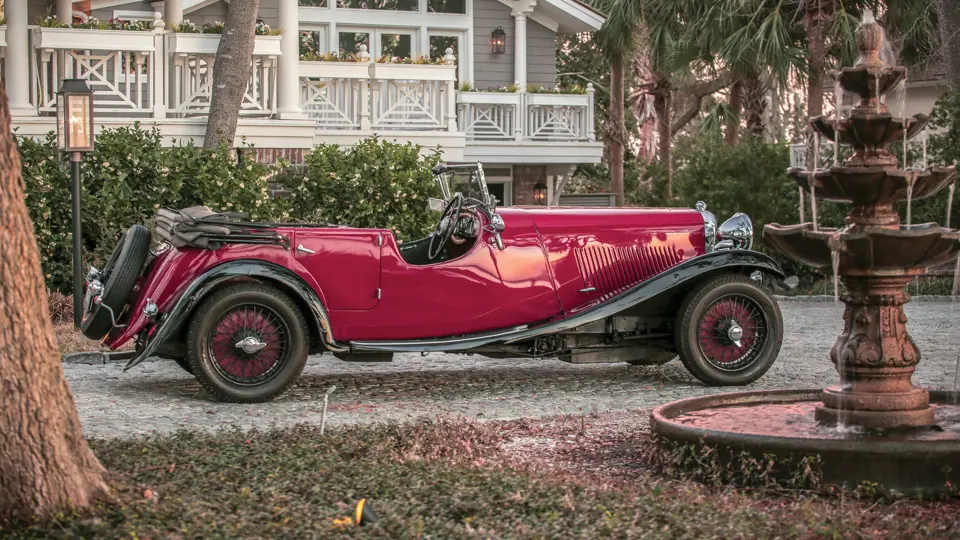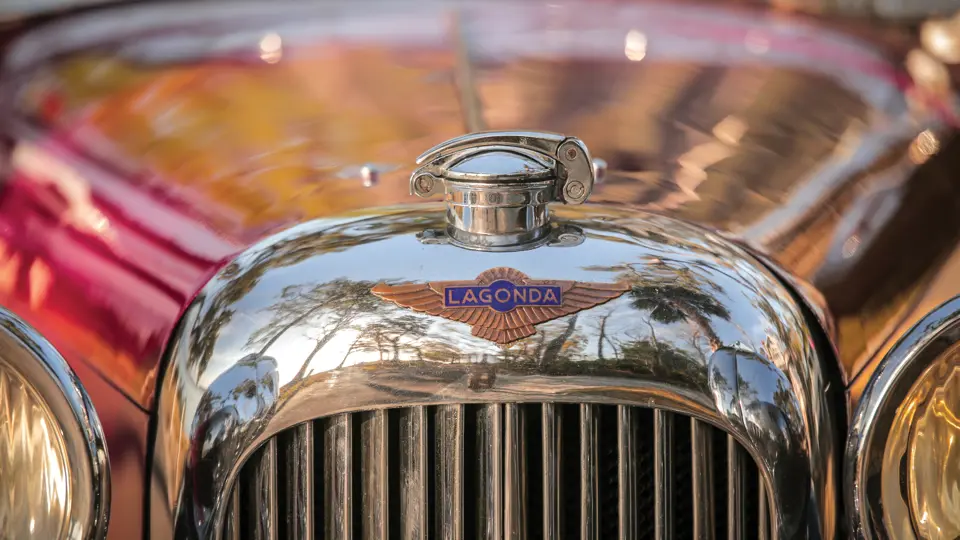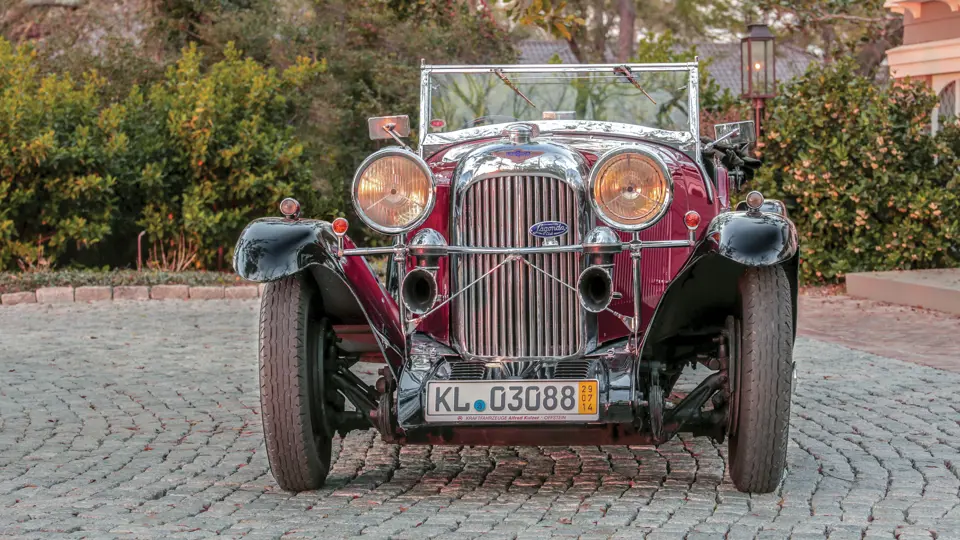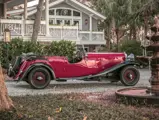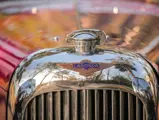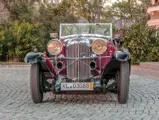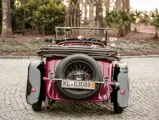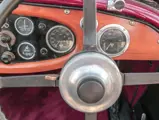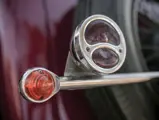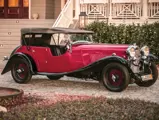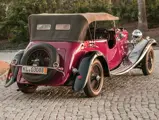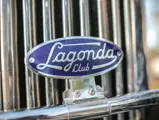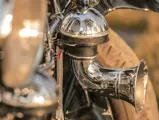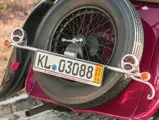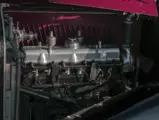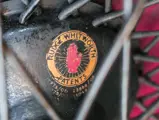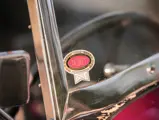During the 1920s, Lagonda earned a reputation for quality-built four- and six-cylinder cars of sporting character. The speed model of 1927 was possessed with phenomenal acceleration and was very capable in competition. In 1933, Lagonda began using Meadows engines, which were 4.5-liter units that proved no heavier than their own but produced 50 percent more power. This new M45 model became quite popular, as it offered the performance of a Bentley at a lower price.
At about the same time, the company replaced the four-cylinder model with a comparable car, and they adopted a 1,991-cc six-cylinder engine from Crossley Motors Ltd., of Manchester. Lagonda’s stringent engineering and quality control was maintained by disassembling each unit, thoroughly checking it, and then rebuilding it. These cars, designated 16/80, were fitted with twin SU carburetors. Late in 1933, the E.N.V. pre-selector transmission was made available as an option. The model remained in production through late 1934. The Lagonda Club lists the total production as a mere 261 units, of which survivors are quite rare, especially on U.S. shores.
The S-Type offered here carries a handsome tourer body to the factory’s T7 design, with cut-down front doors inspired by racing models. While today equipped with the four-speed manual transmission, it was originally built with a Wilson pre-selector gearbox, as noted by the ‘SWS’ on its serial number tag. Previously registered in the UK as AYL 413, it was owned by the BBC between 1988 and 1990, and in that role was used extensively as the title character’s automobile in the television detective series, Campion. It was sold in 1991 and again in 1995, moving to Germany, from which it came to the U.S. several years ago.
Restored some years ago and used since, the car is finished in a rich wine and black combination, with handsome Marchal headlamps, dual horns, and Rudge-Whitworth black wire wheels with chrome knock-offs, shod in blackwall tires, while the richly patinaed dashboard contains a full complement of sporting black Smiths gauges behind a Brooklands-style steering wheel.
Few British automobiles of the era are so potently evocative as this elegant Lagonda.
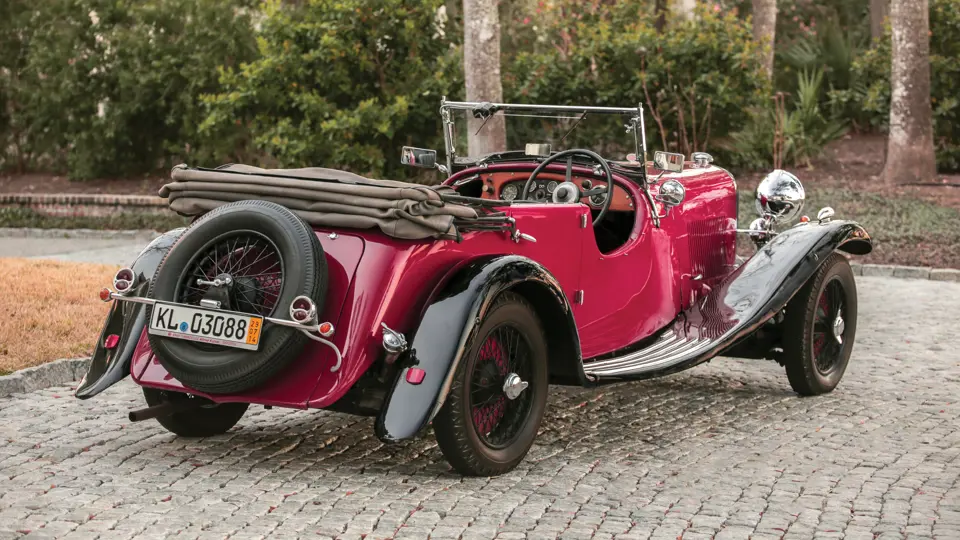

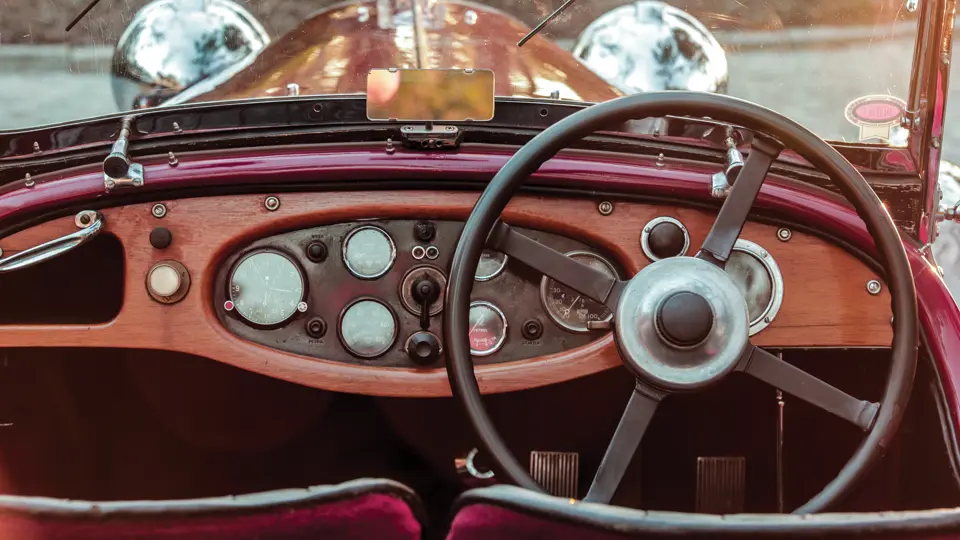


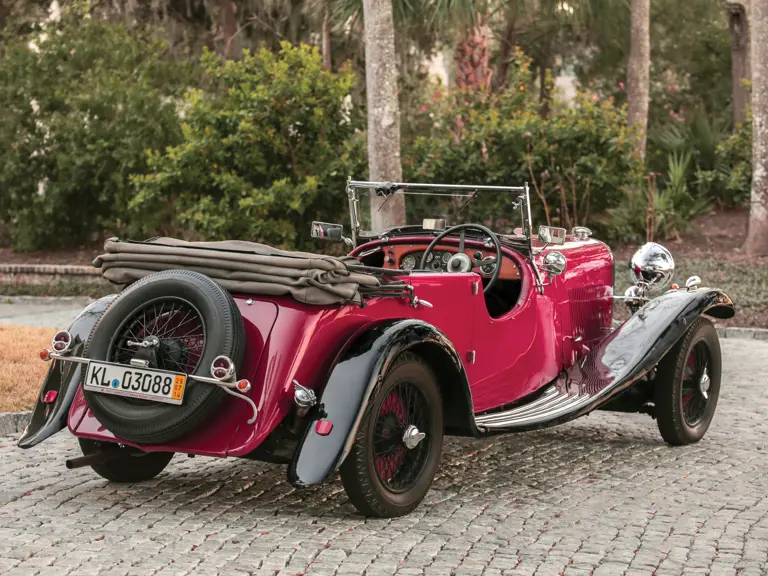



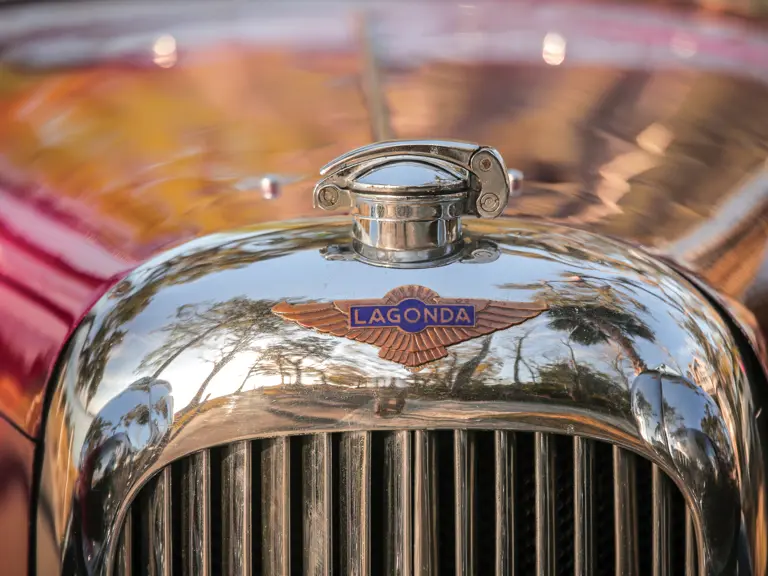
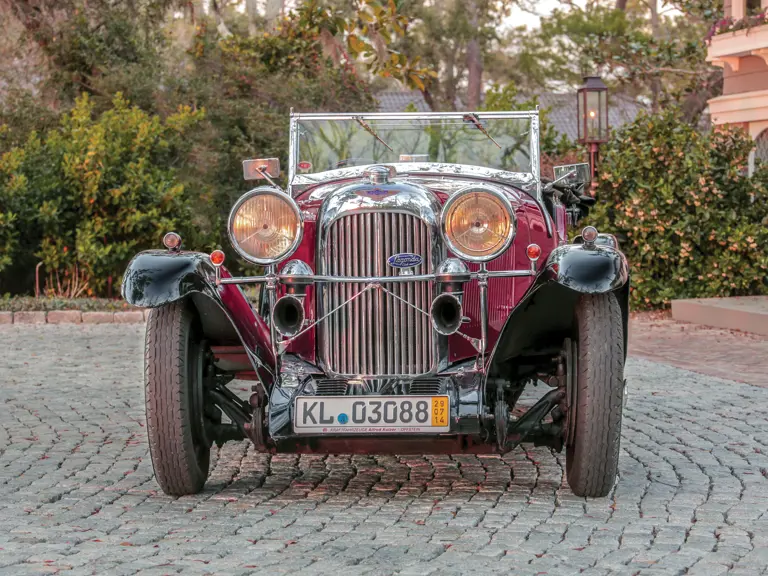
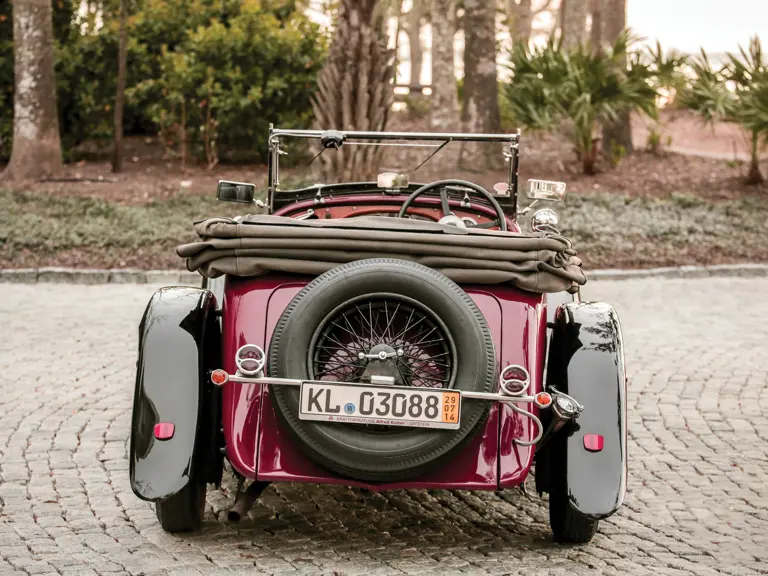
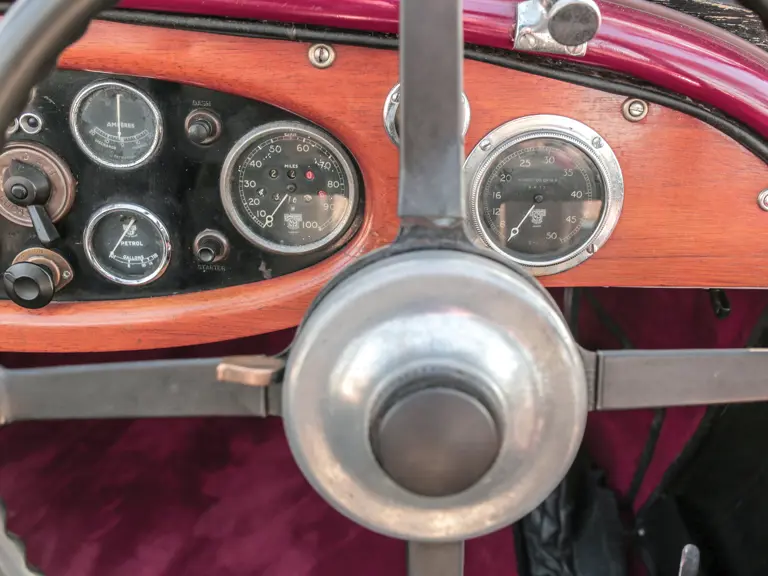

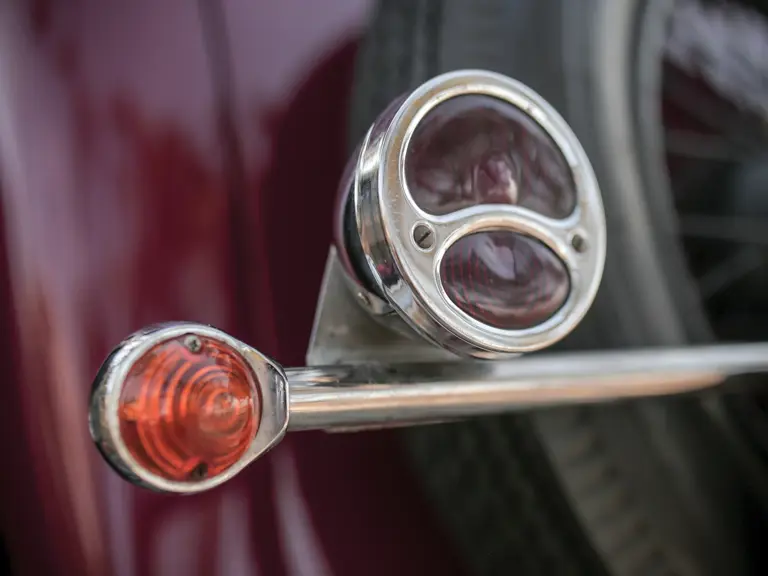
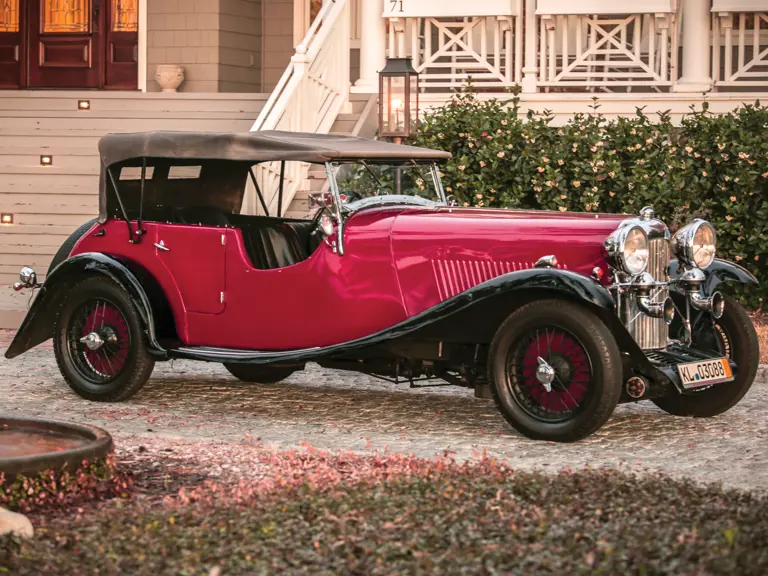
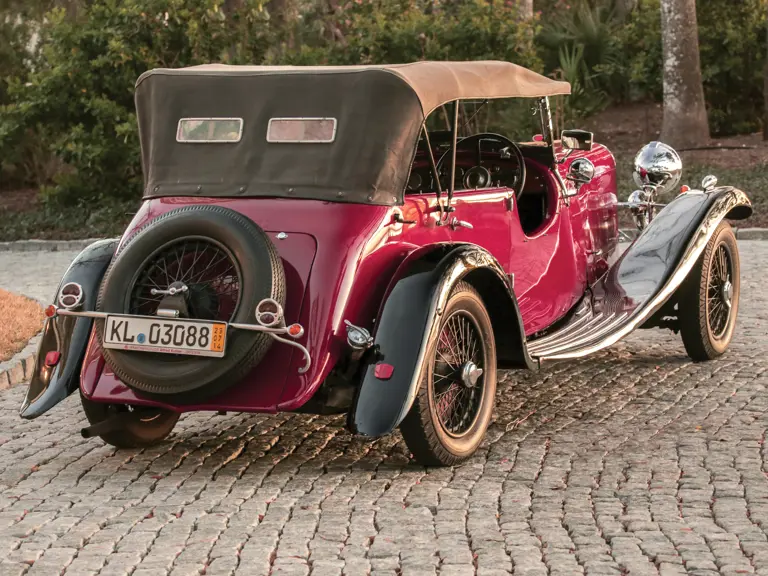
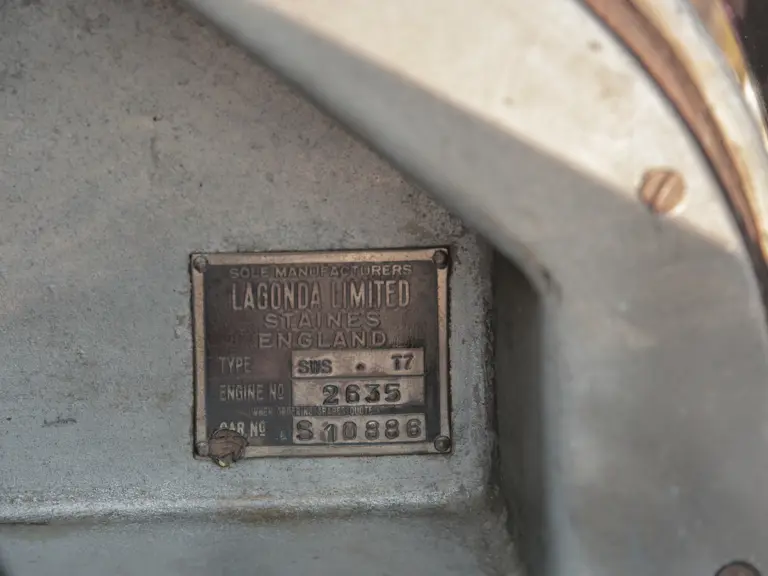

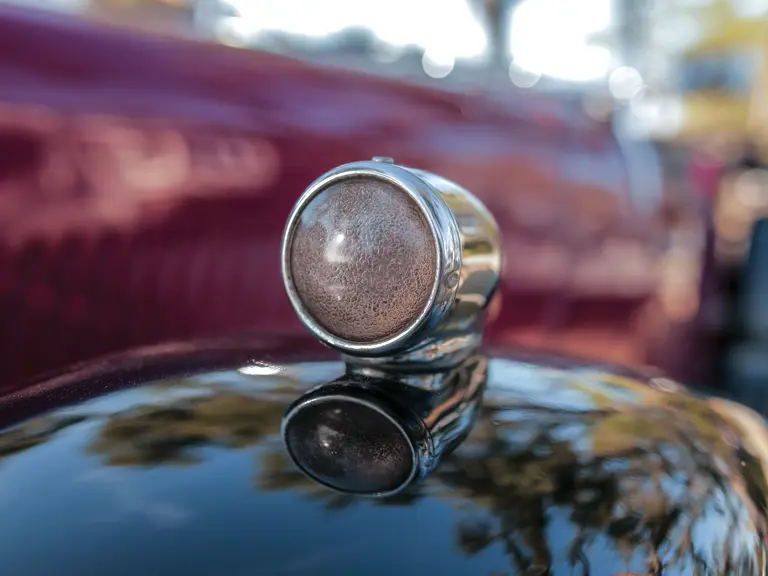
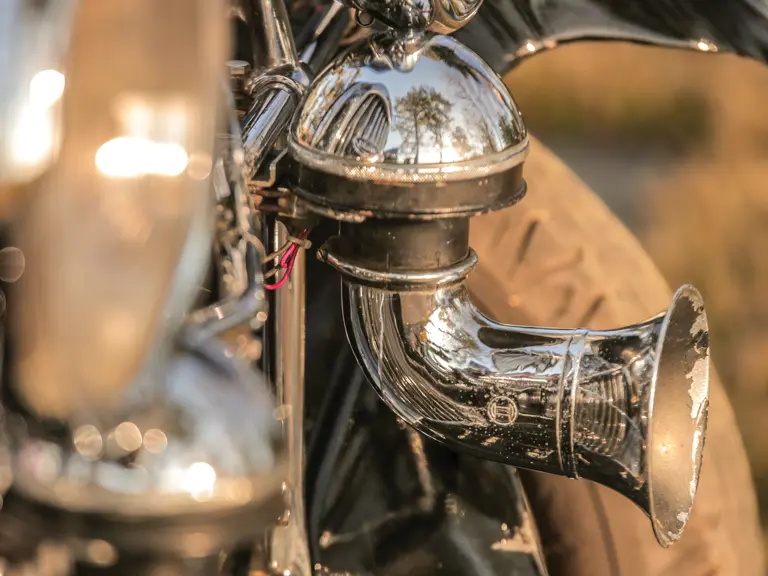

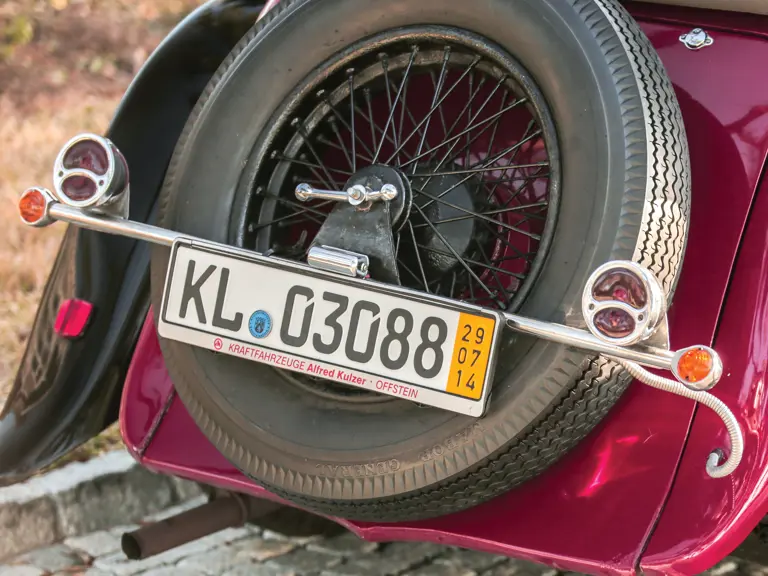
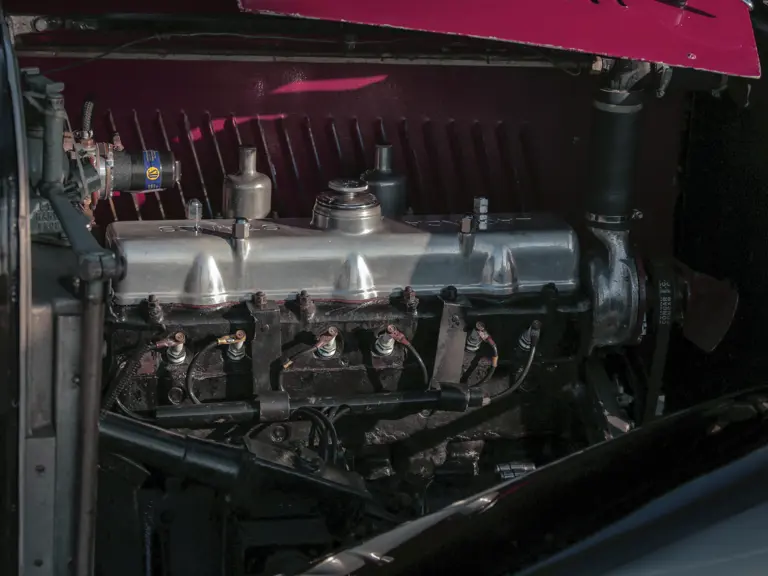
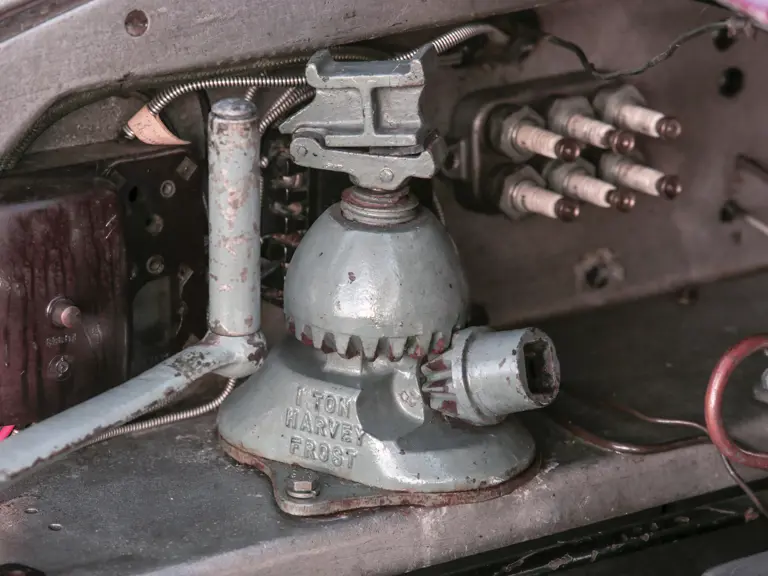
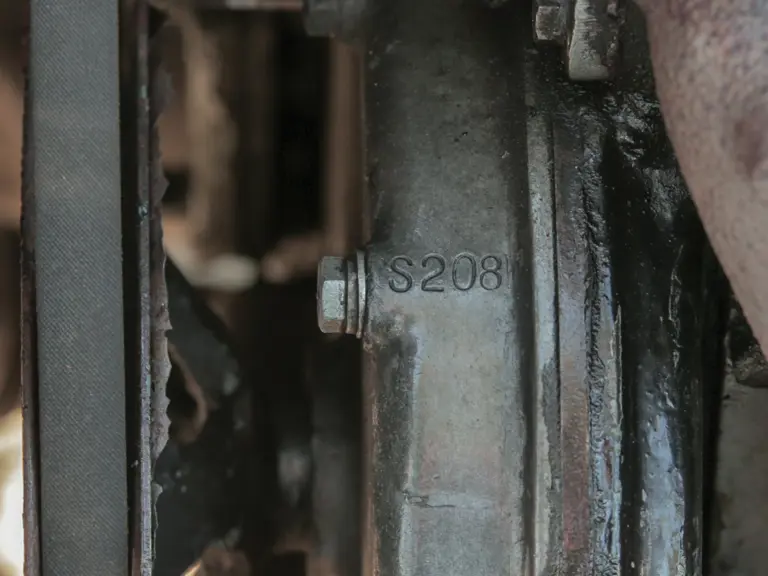
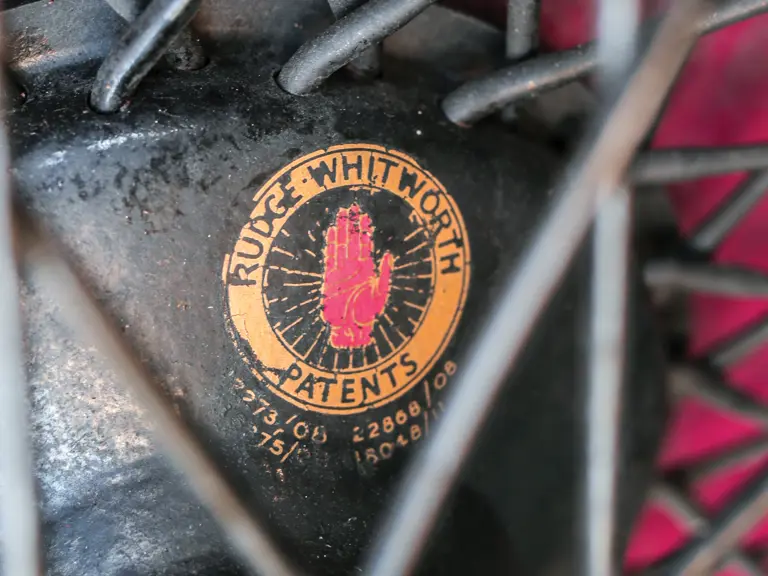
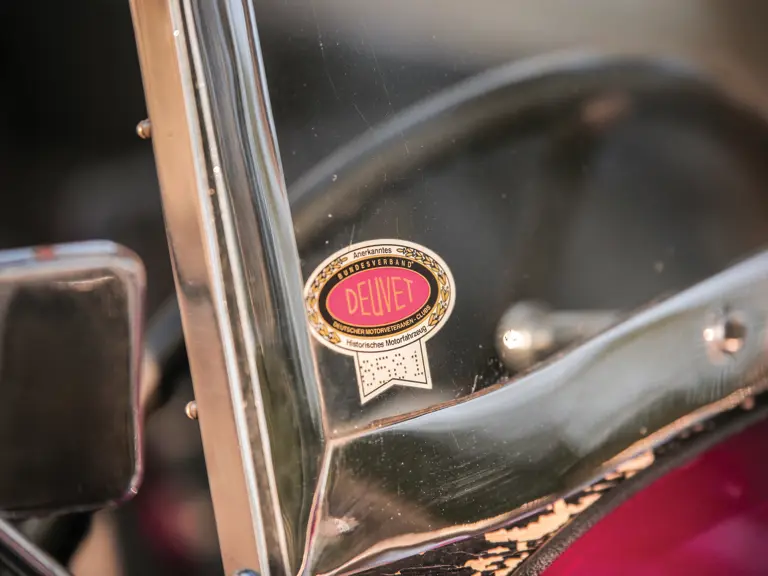
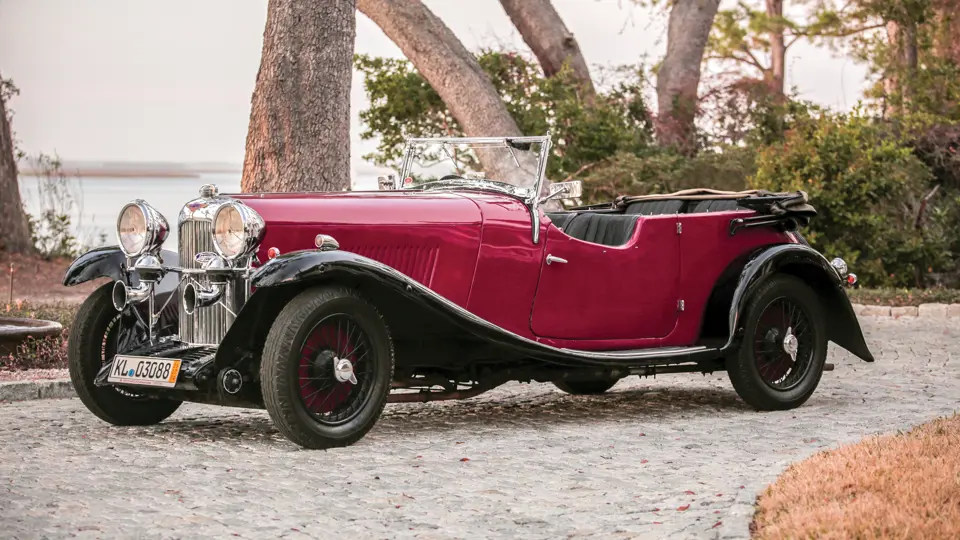
 | Monterey, California
| Monterey, California
